
Hydrophobic soil is rife in Australia because of our hot climate and unreliable rainfall. Generally, it happens when a waxy residue builds up on soil particles, repelling water rather than absorbing it.
Common in sandy soils, dried-out potting mix, and soils containing unrotted organic matter, you can identify hydrophobic soil by watering it. If water runs off or pools on the surface leaving the soil underneath dry, you've got hydrophobic soil.
Luckily, it’s not too hard to fix, so here are some hydrophobic soil treatment options that make your soil water-loving, or 'hydrophilic'.
Wetting Agent for Hydrophobic Soil
Wetting agents are a great, quick hydrophobic soil treatment, and work by breaking down waxy coatings and breaking the surface tension in the water, making it easier to penetrate the soil. However, they won’t resolve the issue in the long term.
Where to Find and How to Use Wetting Agents
You can buy a wetting agent for hydrophobic soil at most garden centres or make one at home using agar (powdered kelp). It’s also possible to use diluted dishwashing liquid or dishwater/laundry water as a soil wetter because the surfactants in the detergent break surface tension in water like wetting agents do.
However, be cautious when using detergents in your garden and choose environmentally friendly/biodegradable options. You should also check their suitability for your specific plant varieties.
Agar Soil Wetter Recipe
Here's a recipe to make your own natural Agar soil wetter at home:
- Mix agar powder/powdered kelp (available at health food stores) and 500ml boiling water until you get the consistency of thick custard.
- Add this mixture to a 9-litre watering can and fill it with water to dilute it.
- Apply this over well-watered soil. This should cover about 9m2 of soil.
Ensure the soil is well watered before applying the mixture as this will allow for the best penetration of the wetter mix. Due to the biodegradable nature of this mix, it will only be effective for around one month.
Hydrophobic Soil Treatment – Soil Improvement
Improving soil quality can help fix hydrophobic soil and there are multiple techniques to try. Let’s explore some of these in more detail.
Add Organic Matter and Mulching
To improve hydrophobic soil over the long term, add well-rotted organic matter followed by mulching over the top. This prevents soil from drying out and introduces microorganisms that break down waxy residues and improve soil biology.
However, continuously using pine bark or eucalypt woodchip mulches can carry fungi, which negatively impact soil conditions. Varying the mulch used on your garden each application not only breaks the fungi cycle but helps to increase the microbiology within your soil as the mulch breaks down.
Succession Mulching
The renowned horticulturalist Jerry Coleby-Williams recommends 'succession mulching', which is varying the mulch between mushroom compost, pine bark, composted lawn clippings, tea tree and sugarcane mulches, in that order. This will build a range of microbes to condition and aerate your soil.
Wetting Agents for Hydrophobic Soil Treatment
When it comes to using mulch, more is not always better, so make sure mulches aren't too thick and don't form a crust on top of your garden. This will negatively affect the ability of water to reach the soil, so we suggest a mulch thickness of between 3 and 5cm.
How to Fix Hydrophobic Soil with Potted Plants
You can hydrate pot plant soil by placing the pot into a tub of water so that the water covers the entire pot. Next, add half-strength liquid fertiliser to the water to add nutrients back into the soil, you should notice bubbles coming to the surface, soak the pot for at least 10-20 minutes.
Pot plants require occasional repotting too, and you should add a new potting mix to boost moisture levels and provide fresh nutrients. Water crystals or peat can also improve the water-holding capacity of pot plant soil.
How to Fix Hydrophobic Soil with Garden Bed Design
Flat garden beds are more likely to hold water than sloped garden beds when watered, giving pooled water a better chance to soak in over time. If you can't make your garden beds flat, then use furrows (trenches) in your garden bed. These will slow the water and help focus the water to stay near your plants rather than running off causing water loss and erosion.








































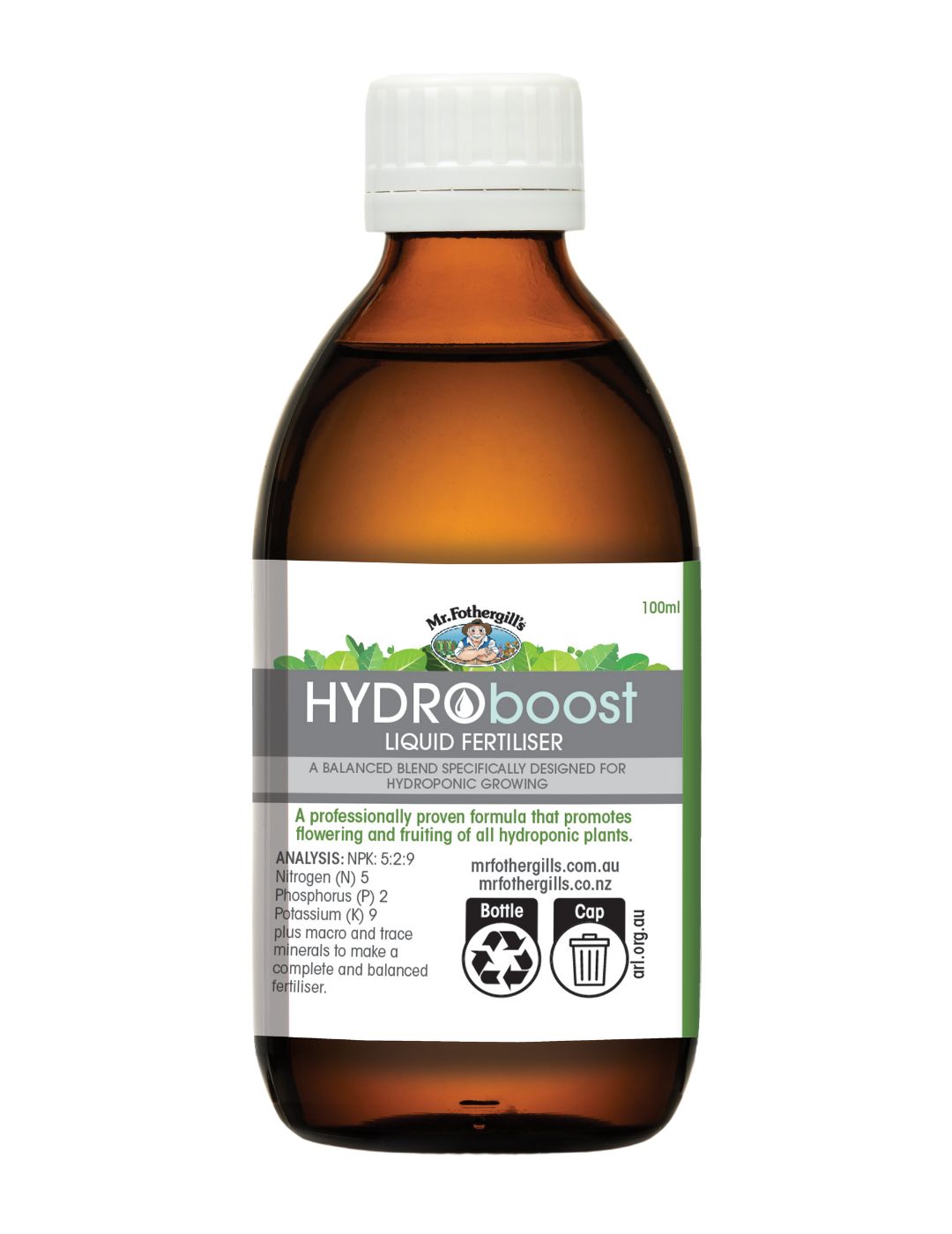
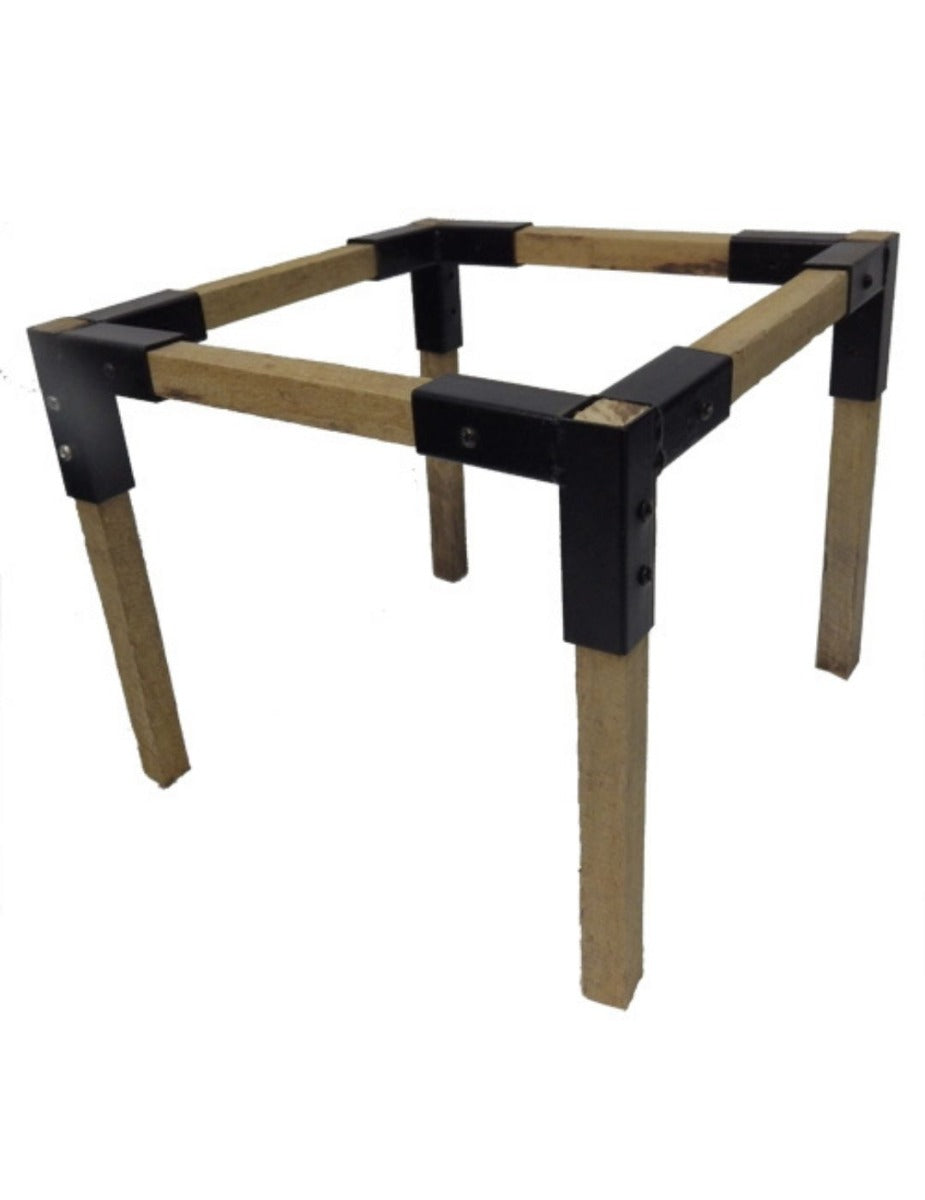
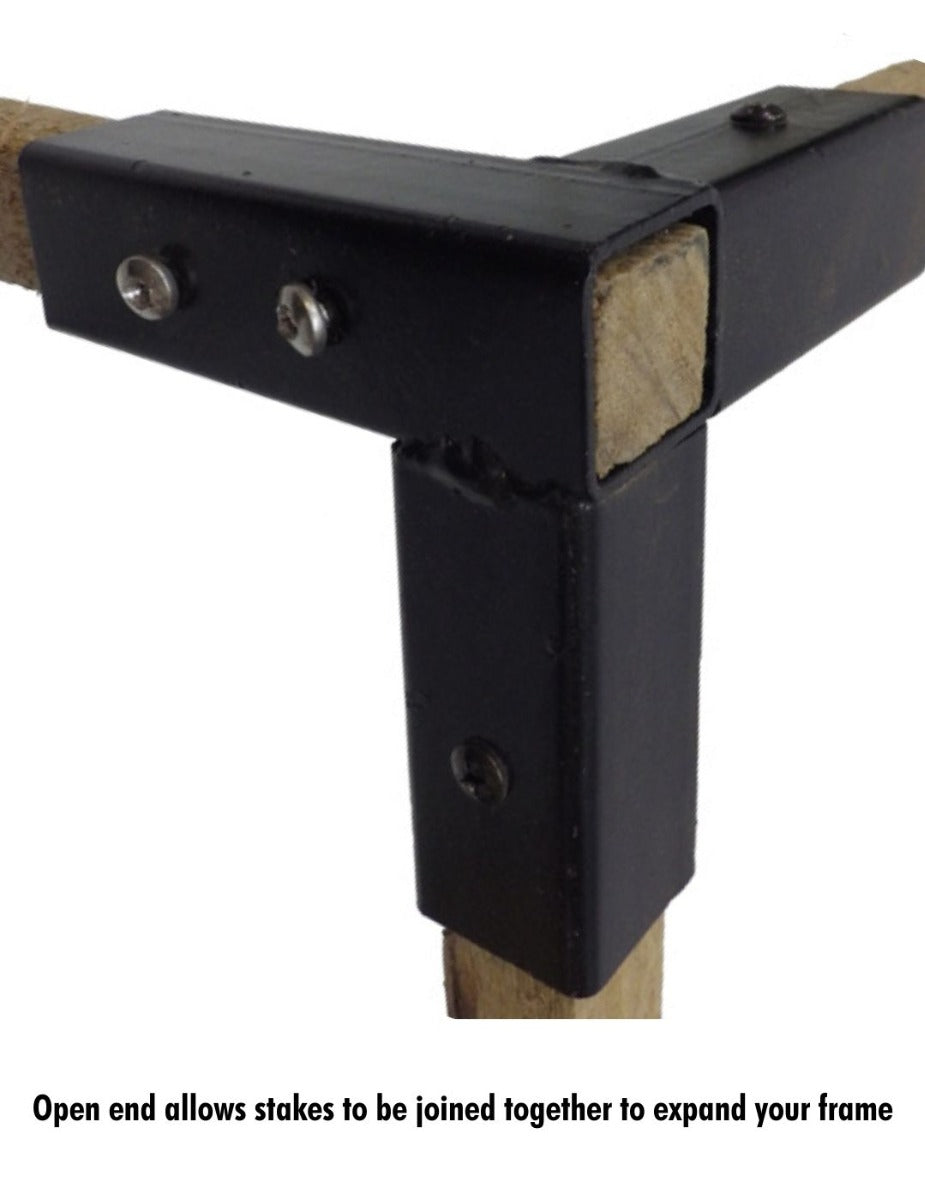
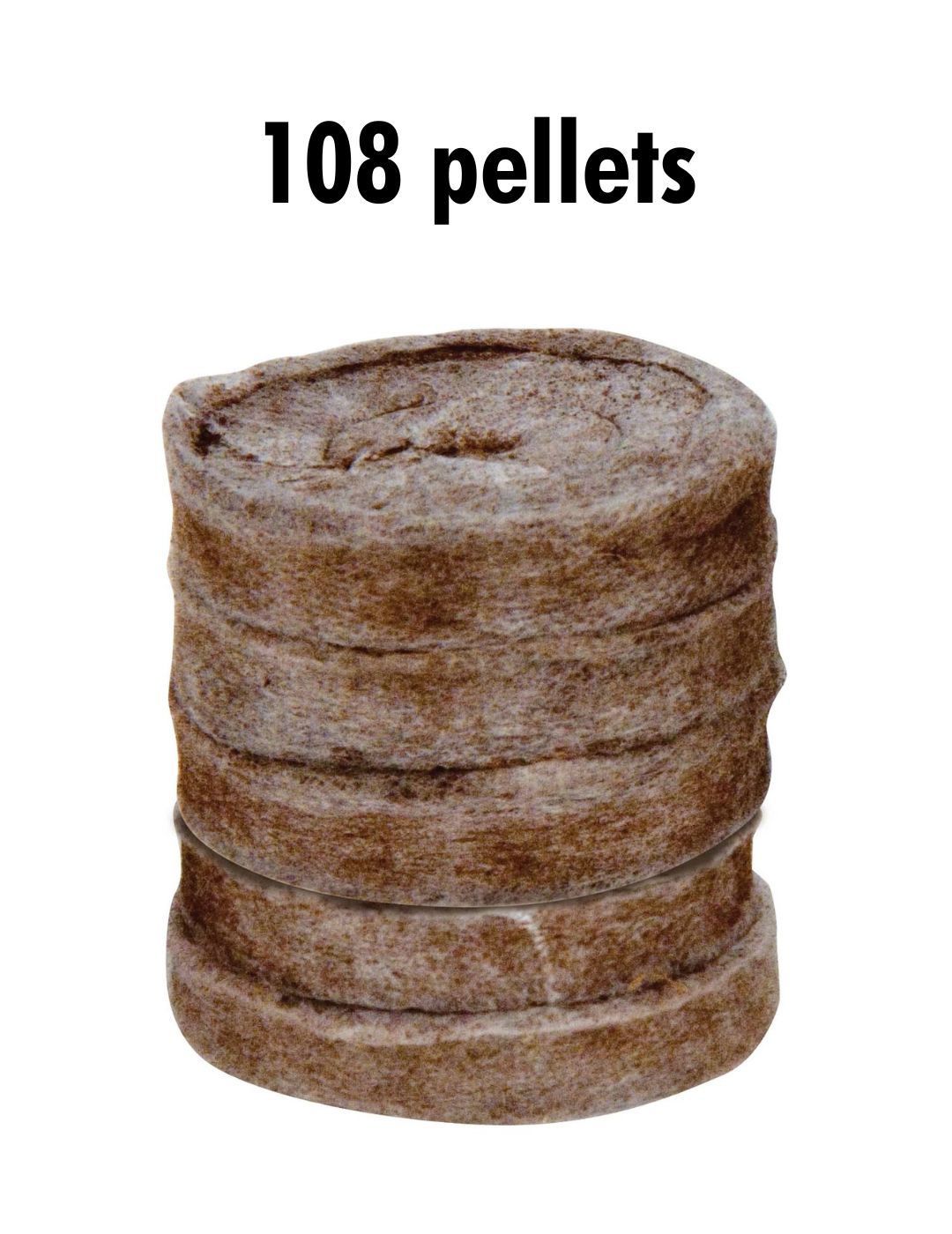
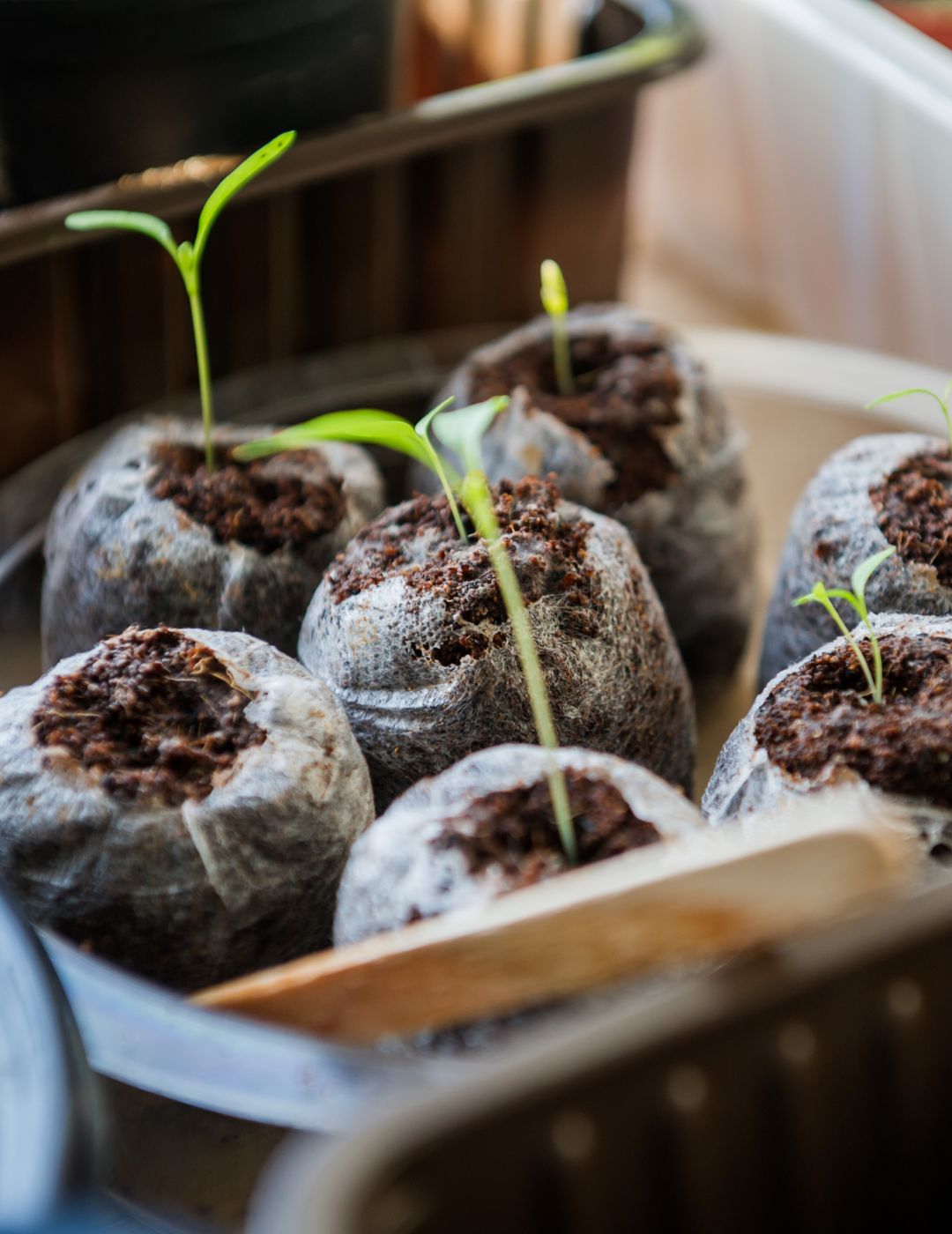





Leave a comment
All comments are moderated before being published.
This site is protected by hCaptcha and the hCaptcha Privacy Policy and Terms of Service apply.